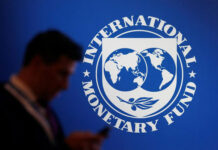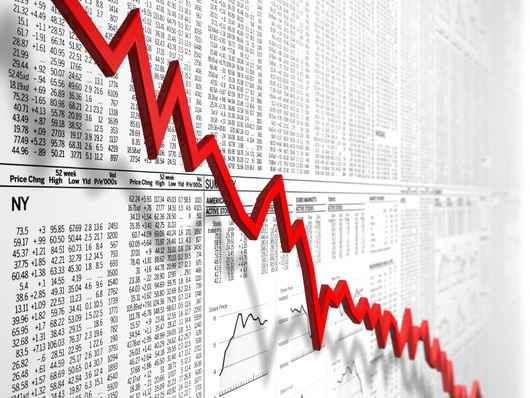KARACHI: Although Pakistan’s economic performance remained robust during the fiscal year 2017 but growing fiscal and external imbalances eroded hard-earned gains in restoring macroeconomic stability.
Growth continued to accelerate, reaching its highest level in the last decade, while inflation stayed well below target. But growing fiscal and external imbalances eroded the hard-earned gains, according to World Bank’s Pakistan Development Update.
In the last three years, these imbalances proved detrimental to the macroeconomic stability and could affect the country’s growth prospects negatively if not addressed.
The fiscal deficit expanded to its highest level during the last three years as revenue mobilisation weakened and expenditures rose at both the provincial and federal levels. Simultaneously, the external account deteriorated sharply due to a widening trade deficit and a fall in international remittances.
Strong private consumption, recovery in agriculture, and vibrancy in the services sector has resulted in an increase of 0.8 percentage points in gross domestic product (GDP) growth in the last year. Services continue to be the economy’s mainstay, with a broad-based growth of 6 per cent during the year.
As growth picked up, imbalances re-emerged on the internal and external front. On the domestic side, fiscal pressures increased, after having fallen significantly till FY16, the consolidated fiscal deficit widened (excluding grants), reaching 5.8 per cent of GDP, compared to 4.6 per cent in FY16.
A less-than-satisfactory tax collection effort by the centre and the provinces, combined with an unprecedented increase in development spending, led to this slide. The provinces have posted fiscal surpluses over the past few years, but these turned into a deficit of 0.5 percentage points of GDP in FY17.
On the external side, the current account deficit widened substantially. The trade deficit widened as imports surged and exports declined marginally. While structural issues have caused a long-term decline in Pakistan’s export competitiveness, exchange rate flexibility remains critical to supporting competitiveness.
Furthermore, international remittances, which have been resilient to previous international and domestic shocks, declined. As a result, Pakistan’s official reserves fell to $ 16.2 billion at the end of FY17 compared to a high of $ 18.1 billion at the end of FY16, enough to cover imports for 3.1 months.
Inflation remained contained, rising moderately in FY17, but staying well below the year’s target of 6 per cent. An improved domestic supply situation and stable exchange rate helped curtail headline inflation, which was recorded at 4.2 per cent during the year.
As a result, the State Bank of Pakistan (SBP) kept the policy rate unchanged at 5.75 per cent throughout FY17. Encouragingly, private sector credit picked up in FY17 due to the net retirement of government borrowing to scheduled banks and low real interest rates. The credit to the private sector grew by 16.8 per cent, expanding by Rs 748 billion over FY16 levels. The improvement was broad-based in terms of financing instruments but was concentrated in the manufacturing sector.
Growth is expected to continue accelerating, and reach 5.8 per cent in FY19. However, going forward, this momentum is contingent on managing the challenges that have emerged on the external and fiscal fronts. Growth is expected to be driven by public and private consumption, aided by a steady increase in public investment, especially due to projects under the China-Pakistan Economic Corridor (CPEC).
Export competitiveness could be eroded further if the US dollar appreciates and there is limited flexibility in the exchange rate. Thus, a competitive real effective exchange rate (REER), supporting exports and import-competing industries, will contribute to addressing imbalances on the external front. In terms of poverty, Pakistan has made substantial progress, reducing its poverty rate from 64.3 per cent in 2001 to 29.5 per cent in 2013. However, shared prosperity has declined in more recent years, suggesting an uptick in inequality.
Pakistan’s working-age population is expected to continue to grow at 2.1 per cent per year over the next decade. The country faces the triple challenge of creating enough jobs for this growing population, improving the quality and productivity of jobs, and enhancing access to jobs and economic opportunities for women.
While peer countries have managed to diversify their export base, Pakistan’s export basket remains concentrated, with the same three exports (cotton manufactures, leather, and rice) making up over 70 per cent of total exports for over a decade.
Similarly, five markets have historically accounted for over 60 per cent of Pakistan’s exports. Even in textiles, the country has not managed to break into high-value-added sectors, while production remains cotton-based contrary to the global shift toward synthetic materials.
Holistic reforms in trade policy, trade facilitation, logistics, and infrastructure, as well as overarching investment climate reforms, are required if the loss of global competitiveness is to be reversed.
























